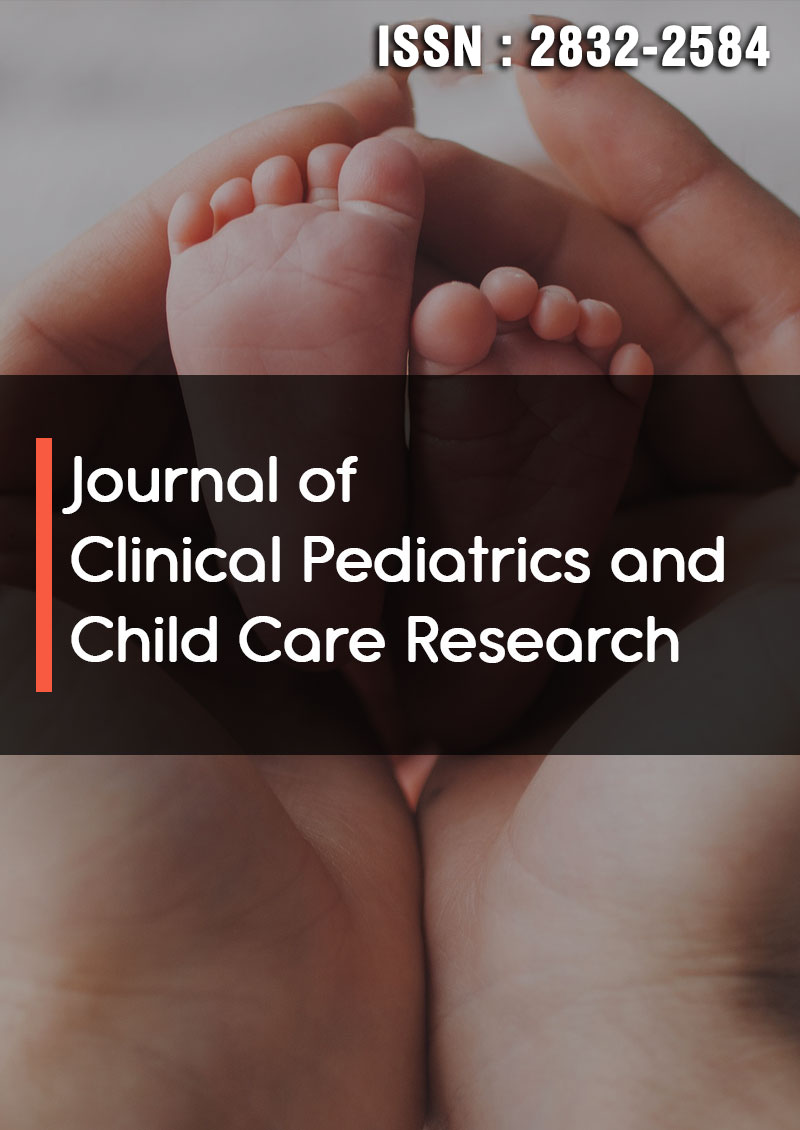Availability and Uptake of Community-Based Rehabilitation and Inclusive Development Services for Children with Spina Bifida in Southwestern Uganda
Abstract
Ambrose Ganshanga, Justus Asasira
Background: It is over a decade since services for children with Spina bifida were established in Uganda, which has increased the survival rate after Spina bifida repair through follow-ups. Such children have significant disability and other complications, which damage the central nervous system. The consequences of this are more profound in low-income countries if post-operative and long-term care interventions are not well adhered. This study explored the availability and uptake of community-based rehabilitation and inclusive development services to children with Spina bifida in Southwestern Uganda.
Methods: A qualitative approach was adopted. The study considered a sample size of 110; 50 children (aged between 0 and 10 years) with Spina bifida were assessed on aspects QoL, while 50 parents and 10 professionals participated in the study. Interviews and children assessments were done at OURS and during home visits between January and April 2019.
Results: Special services to children with Spina bifida were offered at one facility; OURS in the whole of Southwestern Uganda. Neuro surgeons and doctors from CURE hospital work with a team from MRRH and OURS. The findings indicated that improved health outcomes resulted from long-term rehabilitation services. These were friendly and free at OURS. Awareness about Spina bifida has been created in communities through Spina bifida associations. 82.3% of the assessed children of school-going age were not in school, some of them were had developed more health complications. Children with Spina bifida traveled long distances to access specialized services. Their peers socially excluded children. Specialized services were not offered at lower health units.
Conclusion: This study concluded that such services could be extended to lower levels of healthcare delivery (at least Health Centre IV) in order to shorten the distance. The academic institutions could train more neuro surgeons and doctors and more funding should be availed through MoH.




